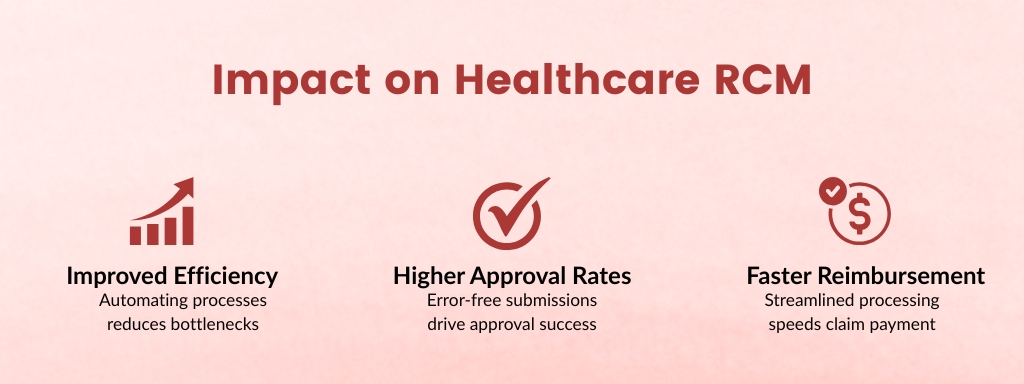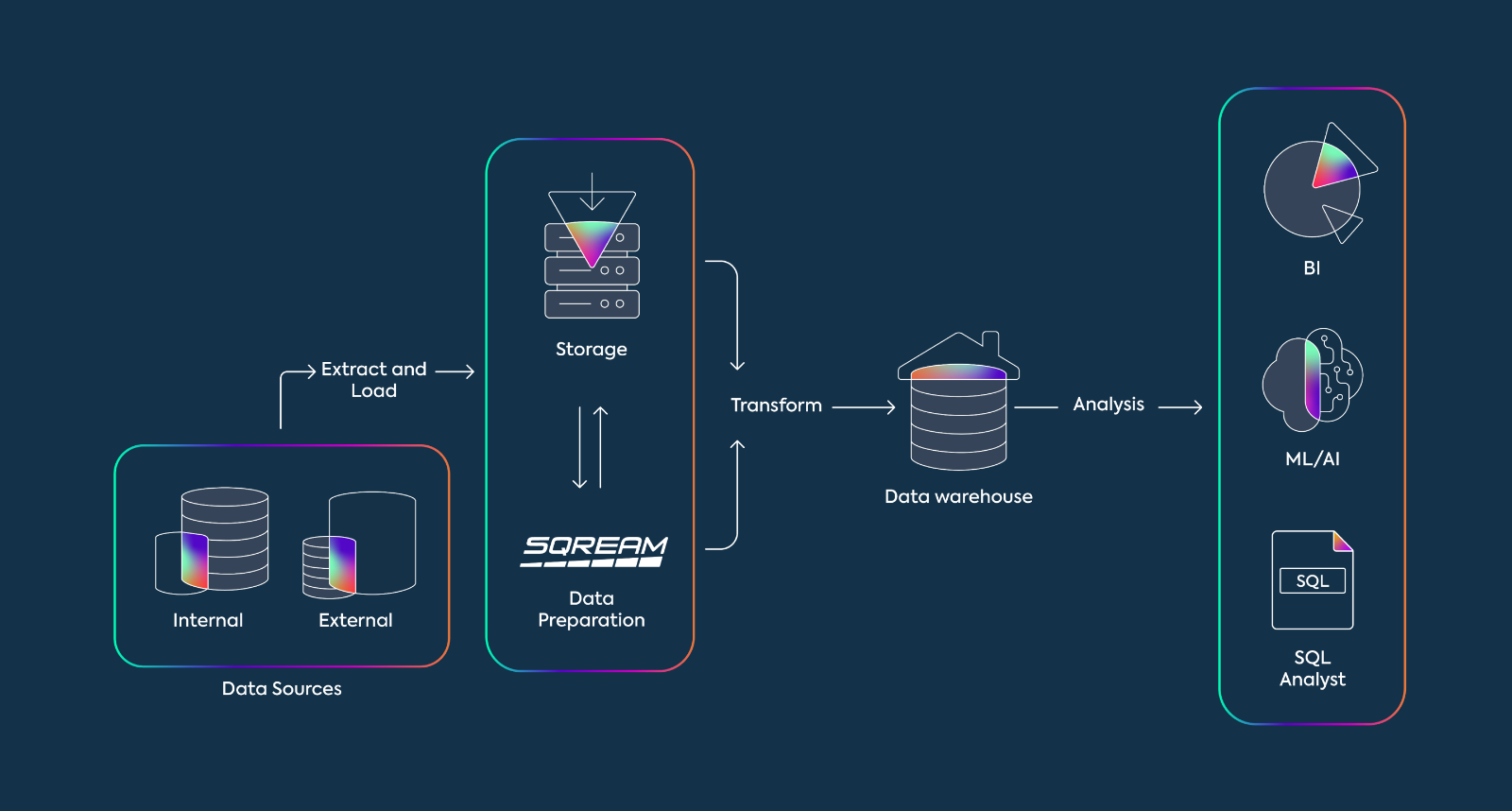A significant increase in life expectancy and considerable progress in medical sciences together have led to a dramatic increase in the demand for healthcare services as well as healthcare expenses over the past decade. Hospitals, which meet most of this demand, are the major spot in providing healthcare services. The most expensive resources of hospitals are operating rooms. Therefore, hospital managers try to decrease the cost of operating rooms as much as possible.
In addition to the high costs of operating rooms, they seriously compete for resources with many other departments of a hospital because 60% of hospital admissions are surgical operations. Accordingly, hospitals may experience any of the following issues in lack of efficient scheduling of operating rooms:
- Difficulties in accessing the operating rooms for urgent and emergent surgeries
- A significant number of urgent and emergent surgeries are done after business hours
- Significant moving and delaying of elective surgeries to accommodate urgent and emergent surgeries
- High operating room staff turnover results in operating room chaos and staff dissatisfaction
- The increased waiting time for the operating room for urgent and emergent surgeries
- Inability to grow surgical volume because of perceived operating room capacity limitation

Operating Room Scheduling Optimization is one the most efficient tools used as a solution to fix these issues by focusing on performance improvement, service time reduction, patients’ waiting time reduction, and the avoidance of delays or cancellations of operations. Operating Room Scheduling Optimization was established by applying Mathematical Optimization to ordinary operating room scheduling that had been practiced by hospitals for decades to automate and optimize it.
Mathematical Optimization, or Mathematical Programming, is a powerful prescriptive analytics methodology that enables decision-makers to instantly identify the best decision out of a large number of alternatives (e.g., millions of possible decisions) that leads to the best possible result according to prespecified criteria such as profitability, service level, resource utilization, etc. Mathematical Optimization includes mathematical modeling methods that capture the key features of a complex business problem including business rules, objectives, and decisions as data-driven mathematical models. To ensure these models accurately represent all aspects of the business problem, they are validated against historical and current data. Then, they are solved by powerful optimization solvers. Indeed, the optimization solvers are powerful computational engines that read optimization models and then deliver the best decision, also known as the optimal solution. Mathematical Optimization has many advantages including but not limited to considering interdependencies of complex systems, supporting what-if scenario analysis, avoiding personal bias, and significant flexibility in constantly changing business environments.
Mathematical Optimization can be applied to the following levels of operating room planning and scheduling decisions:
- Strategic decisions: Determining the number of resources necessary to meet demands cost-effectively (Capacity planning), allocating specialties to operating-room days (Capacity allocation), and assigning the operating room time blocks among the surgical specialties in a long-term time horizon (Case-mix planning).
- Tactical decisions: Generating cyclic operating room schedules (master surgical scheduling).
- Operational decisions: Determining the date, time, and required resources allocated to certain surgical cases (surgery scheduling).
Operating Room Scheduling Optimization finds the best possible operating room schedule to meet different objectives such as minimizing the idle times of the operating rooms, minimizing the times surgeons have to wait for an operating room to become available, and minimizing patients’ waiting time, to name but a few. Operating room scheduling optimization brings the following benefits to hospitals:
- Reducing inpatient length of stay
- Reducing the average cost of surgical cases
- Reducing emergent and urgent patients waiting times
- Reducing the overtime operating rooms
- Reducing cancellations of elective surgeries
- Reducing postponement of elective surgeries
- Reducing hospital-acquired infections and mortality
- Increasing the number of performed surgical cases
- Increasing the satisfaction of healthcare providers and patients
- Increasing utilization of operating rooms
In conclusion, operating rooms are the heart of a hospital because they generate a large portion of its revenue and cost. Therefore, the efficient management of operating rooms plays a key role in the success of the hospital. Operating room scheduling is one of the most important aspects of operating room management because inefficient scheduling of operating rooms results in a significant decrease in the total profit of the hospital and patient satisfaction level. Applying Mathematical Optimization techniques to traditional operating room scheduling practices can be a game-changer for hospitals because it leads to the best possible strategic, tactical, and operational decisions in managing operating rooms.











